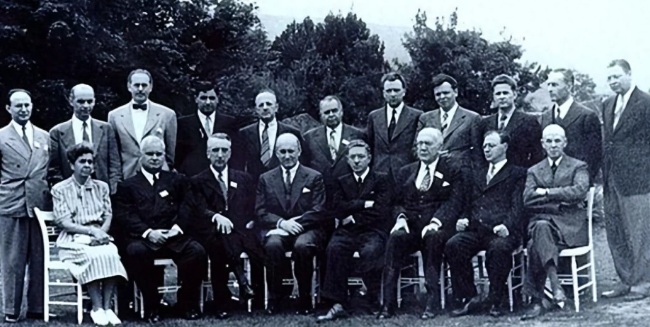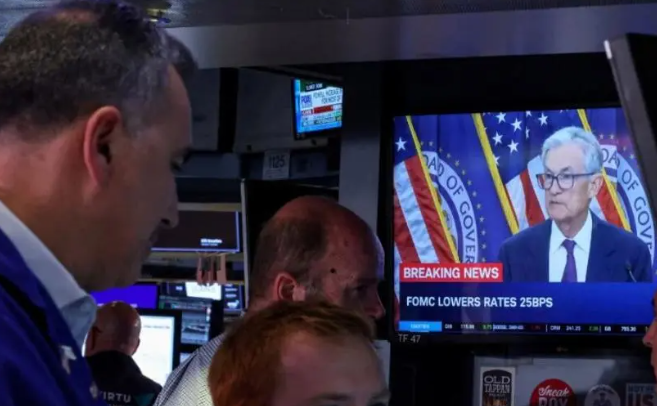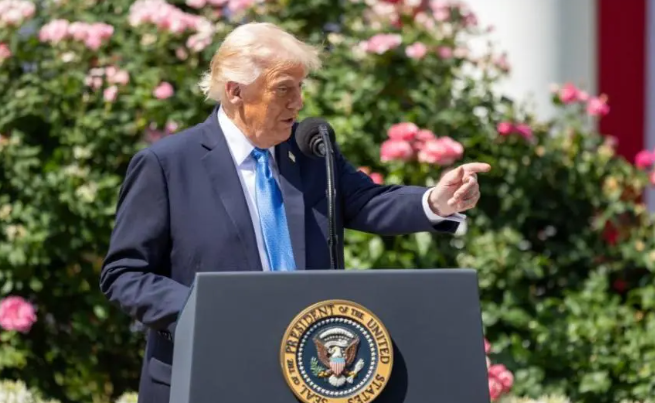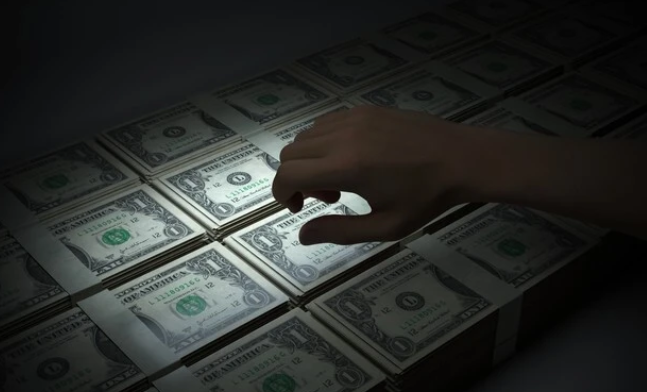In June 1944, at Bretton Woods on the U.S. East Coast, Britain and the United States negotiated the division of international interests after World War II. Their debate centered on whether the future world order would be dominated by the British pound or the U.S. dollar.
The United States, which had quietly enriched itself and grown stronger during the war, secured the largest share of postwar benefits with overwhelming advantage, leading to the famous saying: “The dollar is our currency, but it’s your problem.”

Eighty years later, today’s contest between China and the United States in the form of trade and economic wars remains a battlefield without gunpowder. Though talks appear to address trade disputes, at their core the struggle is still about whose rules will govern international trade in the future.
After four rounds of negotiations, the U.S. was at a disadvantage. Yet, the Trump administration was never known for compromise. While negotiating with China, a new plot quietly unfolded at home: when tariffs failed to subdue China, what other measures would the U.S. devise to manage its crisis—and how would they impact global finance?
Trump’s Personnel Shifts Stir Market Volatility
On September 17, the Federal Reserve held a policy meeting. But beyond the rate cut itself, global investors focused on the Fed’s independence.
Before Chairman Powell announced the decision, President Trump nominated Stephen Moore (Stephan Milan in Chinese media) as a Fed governor. The markets immediately worried—not just about Fed independence, but also about the rumored “Mar-a-Lago Plan.”

This plan, authored by Moore, proposed that creditor nations like Japan and the U.K. exchange their U.S. Treasuries for 100-year, non-tradable, zero-interest bonds. If Moore rose higher in influence, would Trump really enforce it?
On September 18, the Fed cut rates by 25 basis points. Moore was the only dissenter—not because he opposed cuts, but because he wanted a deeper 50-basis-point cut. Though rejected, this set the stage for further easing later that year.
Beyond that, Trump sought a coordinated effort with multiple countries, akin to the 1985 Plaza Accord, to push down the dollar against the euro, yen, and renminbi. Once U.S. debt pressures eased, the dollar could then be driven higher, boosting U.S. assets.
Yet, the plan faced roadblocks. While the U.K., Japan, and some European states reached trade deals with Washington, China became the uncontrollable factor in the tariff war.

If China’s renminbi and U.S. Treasury holdings could not be drawn into Trump’s grand scheme, then Beijing would seize part of the spoils from the “Mar-a-Lago Plan.”
That would mean the renminbi could gain enormous influence in the future global economic order, potentially standing on equal footing with the dollar.
Would the U.S. ever willingly cede such benefits to China?
Time Runs Short for Trump
By this point, Trump’s tariff war had dragged on for over half a year with no visible results. Many countries realized that if Trump failed to subdue China, the Mar-a-Lago Plan would collapse.
Thus, Washington floated an alternative: the “Pennsylvania Plan.” This strategy called for reducing reliance on foreign investors and having U.S. pensions, insurance firms, and major banks absorb government debt.
Though less international than the Mar-a-Lago approach, resistance was still strong. While it would relieve the Treasury, it was unfavorable to dollar power brokers.
If the Fed followed Trump’s lead, the dollar index would drop, devaluing dollar-denominated assets—an outcome Wall Street bankers least wished to see.

Global liquidity would then seek safer havens. Europe’s “old money” would convert dollars into gold, while adventurous financial giants would turn to renminbi assets.
Already, gold prices had surged to record highs before the Fed’s rate cut: domestic gold jewelry surpassed 1,000 yuan per gram, while international spot gold topped $3,700.
Meanwhile, hot money inflows drove sharp appreciation of the renminbi.
Regardless of how Trump executed his plan, the renminbi would claim its share in the dollar’s transformation.
Looking back, no matter the outcome of U.S.-China trade talks, China will hold formidable influence in shaping the future international economic order.



